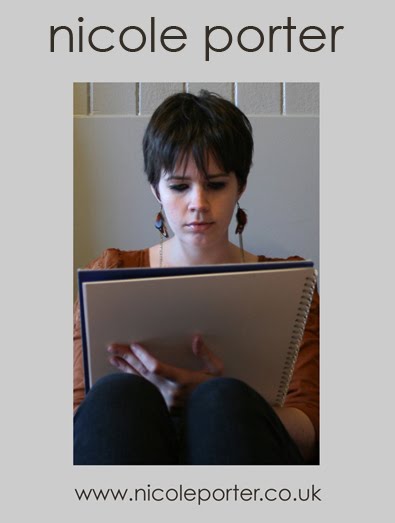
Everyone will be aware of the current hard times facing us. The media is full of talk of cut backs and decreased government spending. Like all sectors of society, people are campaigning to try and save their chosen department from being hit the worst.
The cultural headlines have been grabbed by the likes of Nicholas Serota (Director of the Tate) claiming a blitzkreig* on the arts, saying it is the greatest crisis in the arts and heritage since government funding began in 1940.
Movements including the Save The Arts Campaign have fuelled such announcements with their media attention grabbing visual one-liners. Cornelia Parker’s image of the Angel of the North with one of its wings clipped has been widely publicised. The same is true for Mark Wallinger (winner of the 2007 Turner Prize) who has slashed a section out of the image of Turner’s painting, “The Fighting Temeraire.” Both artists are trying to make the point that the governments proposed cuts are reckless and unnecessary.
Charlotte Higgins wrote in the Guardian newspaper “we are going to wake up to find orchestras have closed, galleries have shut down and museums are falling into disrepair.”
Should we not take a minute to look at what exactly public money is spent on within the cultural department, before we get carried away with the loud declarations these modern artists are so used to crying?
Seven million pounds was spent on constructing the new funding body Creative Scotland, which merged The Scottish Arts Council and Scottish Screen into one. They aim to promote creativity in Scotland by investing in talented people and exciting ideas.
Three cultural ministers ago, the Scottish government expressed a desire to “shift towards trying to encourage art which will have an audience and a market and away from just giving grants.” It is clear that this message has been lost along the way when you begin to discover what projects have received grants.
In 2002, Dan Paterson was awarded £25,000 to create a play which he admitted in 2008 was unfinished. Malcolm Fraser was given a grant of £30,000 to transform the Grassmarket area of Edinburgh into an ice rink, which seven years on there is no sign of.
Creative Scotland is now awarding £500,000 to seven Vital Sparks winners. Rob Drummond is one of those winners who have received funding to retrain as a wrestler in order to write about fighting.
Public money has also been given to support arts groups like Deveron Arts in Huntly, Aberdeenshire. They have facilitated projects including David Sherry’s Health and Safety effects whereby the artist took a group of school children into the wood to climb trees. The artist then gave a talk on the health and safety implications of this activity.
Another project made possible through Deveron Arts was a walking festival by artist Hamish Fulton. Visitors were encouraged to participate in the first and last day of the artist’s 21-day walking trip in the Cairngorms.
When discovering these projects have been funded by government money, I tend to agree with Cath Bell when she writes in the Artwork Newspaper, “when the cuts bite, they might firmly grip the complacent behinds of a select group of artists and craftspeople who are at present sponging up public money to fund personal ventures.”
However it is not just public money that the arts rely on. A lot of financial support came from Lottery funding, however in recent years this has declined due to the Olympic games requiring subsidy. That just leaves private money from wealthy individuals and companies.
It has been reported that the Cultural Secretary, Jeremy Hunt, says he wants “American style philanthropists to step in” and fill the gap public funding for the arts once occupied. The plan is to reform the perplexing tax system to make it easier for donors to understand how they can benefit themselves from doing so.
Dame Vivien Duffields is reported to have given well over £100 million to the arts. When asked what she thought of the Cultural Secretary’s comments, she said “charity ought to be providing the icing on the cake, and the government should be providing the cake. I’ve always thought we should be doing the stuff the government can’t – the interesting new production, say – not the core expenses.”
Aberdeen City Council is proposing to achieve 37% of its £47million savings in education, culture and sports directorate. They propose to close all galleries and museums, two secondary, five primary schools and all public parks. Shouldn’t they start to listen to Dame Vivien Duffields point of view? Stop funding individual artist’s personal projects and start focusing on keeping the museums open.
Cut backs are a time to be realistic and reprioritise. The arts have to take their fair share of the cuts, the same as the welfare state, education and health.
*blitzkreig means lightning war. The Germans in WW2 first used it and was a tactic based on speed and surprise.



